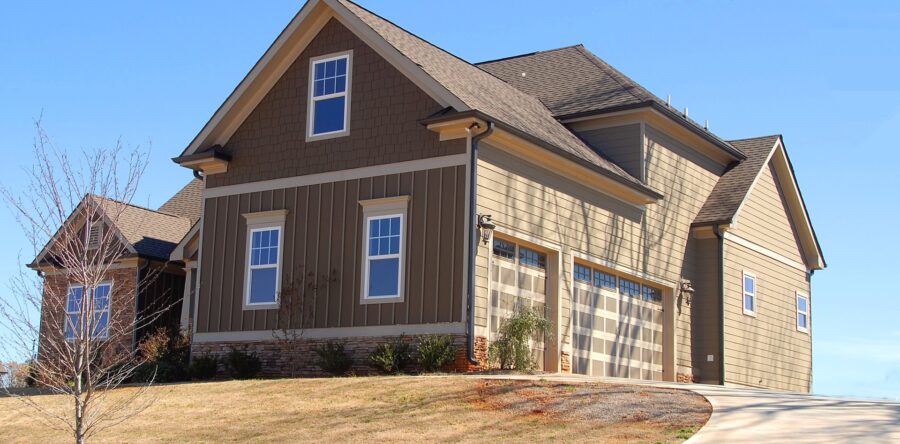If you have purchased your house with a mortgage, the last thing you will want is house foreclosure. But house foreclosure isn’t inevitable. You can still live in your home and stop the house foreclosure if you’ve missed a few payments.
How to Stop House Foreclosure?
1. Make a New Payment Plan with the Lender
You are paying the mortgage every month. But suddenly, due to several reasons, you are facing a setback in paying the mortgage for months. But after a few months, you are ready to pay the mortgage loan. Sounds similar?
If you are in such a position, you will have to make a repayment plan with the lender. As a part of this repayment plan, the lender or the bank will take the money you owe from them and make adjustments to your monthly interests.
While setting up the repayment plan, be honest and set the amount which you can afford every month. Otherwise, you will face this type of situation again, and your lender may not accept your repayment plan request.
2. Consider Loan Modification
You can stop home foreclosure by applying for a loan modification. However, for this, you must be eligible for refinancing.
When you apply for a loan modification, as the name suggests, loan terms are modified. Usually, the duration of the mortgage is increased during a loan modification. Thus, the monthly mortgage repayment is lowered.
3. Apply for Mortgage Forbearance
The mortgage forbearance is created for those experiencing short-term setbacks while paying the mortgage. When you apply for mortgage forbearance, you can put a hold on the monthly mortgage payment for a few months. You can utilize these few months to get back on your feet and get everything under control.
As soon as the mortgage forbearance period is over, you will have to start repaying the mortgage. However, at first, you will have to pay the interest of the forbearance period. For example, if the mortgage forbearance period was five months, you will have to pay the interess of these five months and continue onwards.
4. Deed in Lieu of Foreclosure
By signing the Deed in Lieu of Foreclosure, you can also stop house foreclosure. As a part of this procedure, you will voluntarily transfer the house ownership to the lender or the bank. Thus, you will be released from the mortgage contract. Also, you won’t have to face the financial obligations of the house foreclosure.
5. Do a Short Sale
If you are not eligible for the mortgage refinancing or any of the above options, you will have to short sell the house (or sell it traditionally if you have equity in the property). Here, you will have to sell the house at a lower price, and the money generated from the sale will be transferred to your lender or the bank. However, for this, you will have to take permission from your lender.
Conclusion
You can contact the US Department of Housing and Urban Development to discuss your situation and understand what will be the best step during a house foreclosure. They provide a free consultation to homeowners who are facing a house foreclosure.





